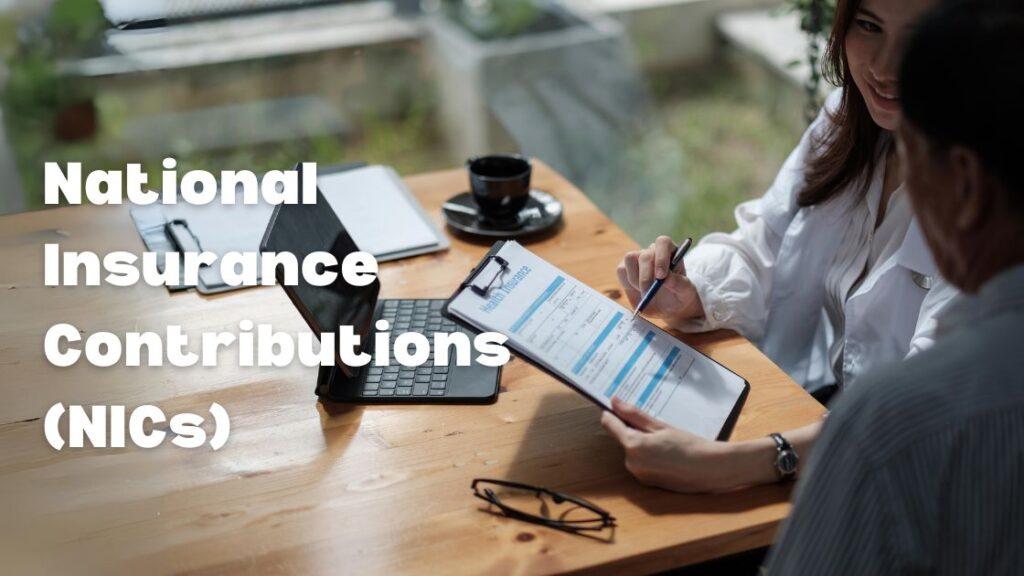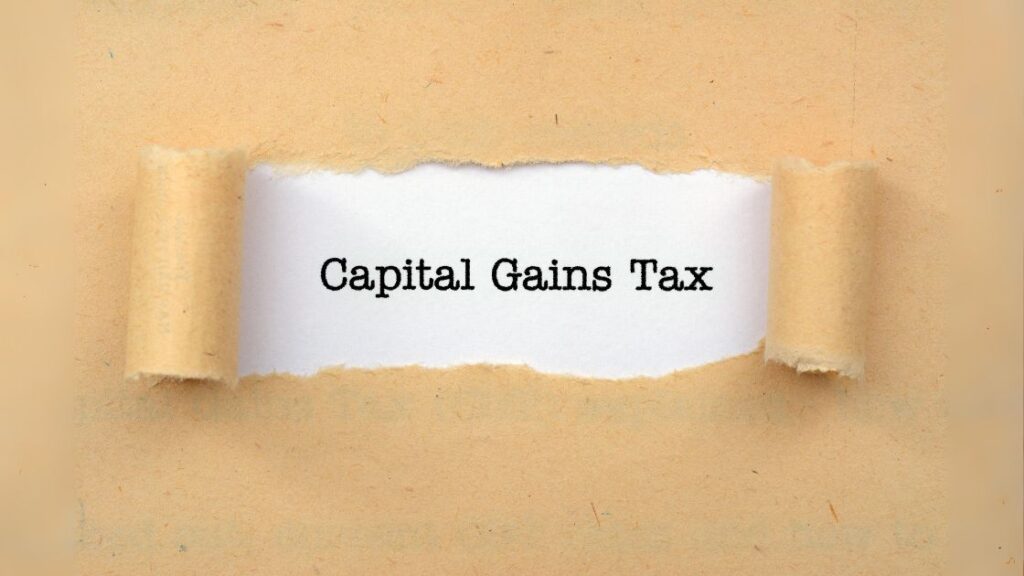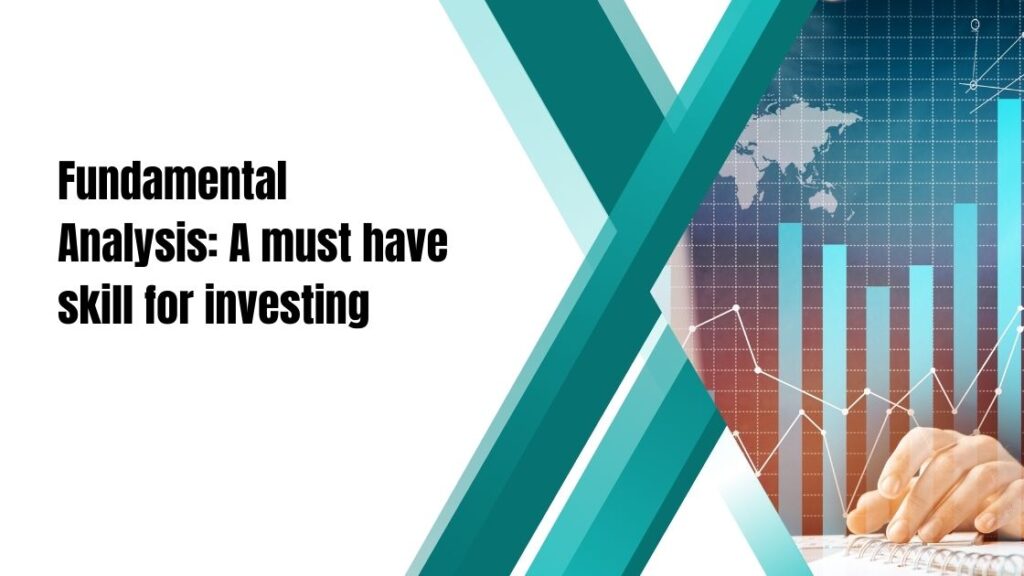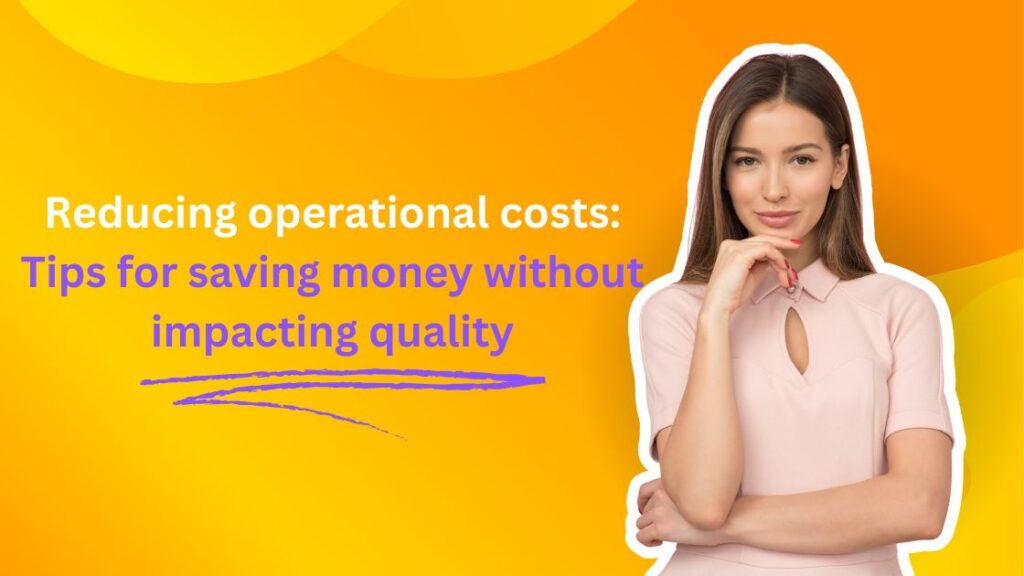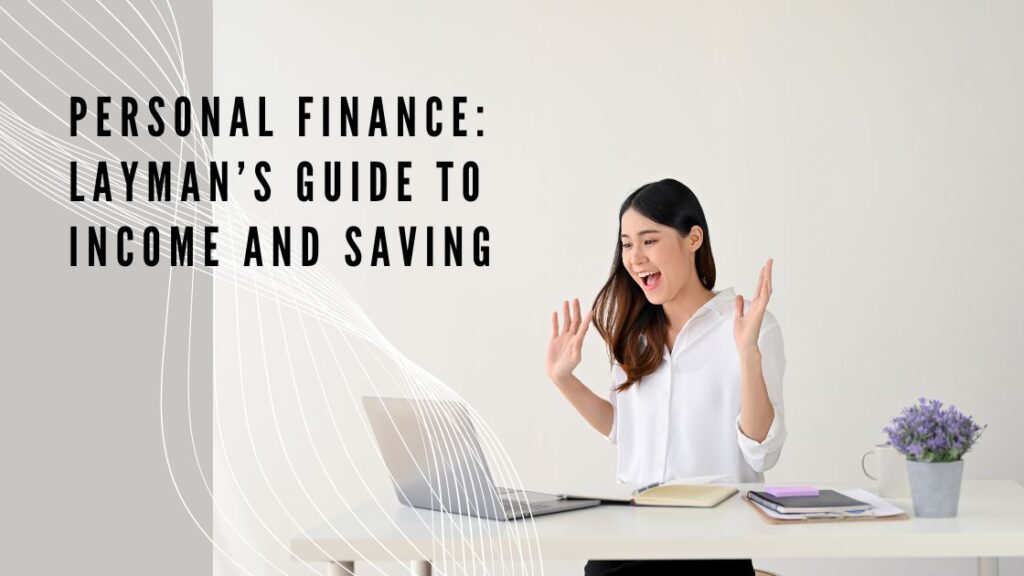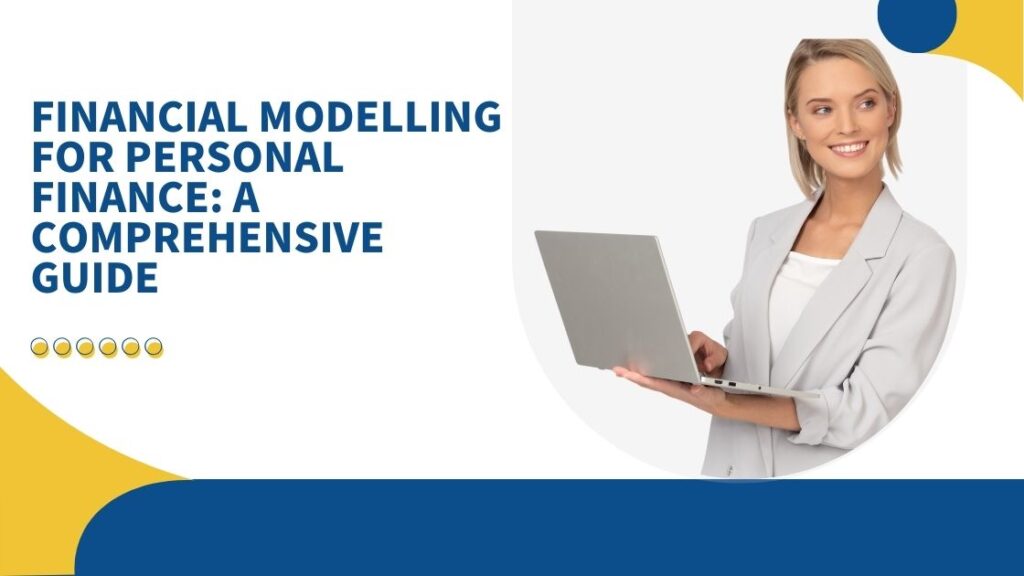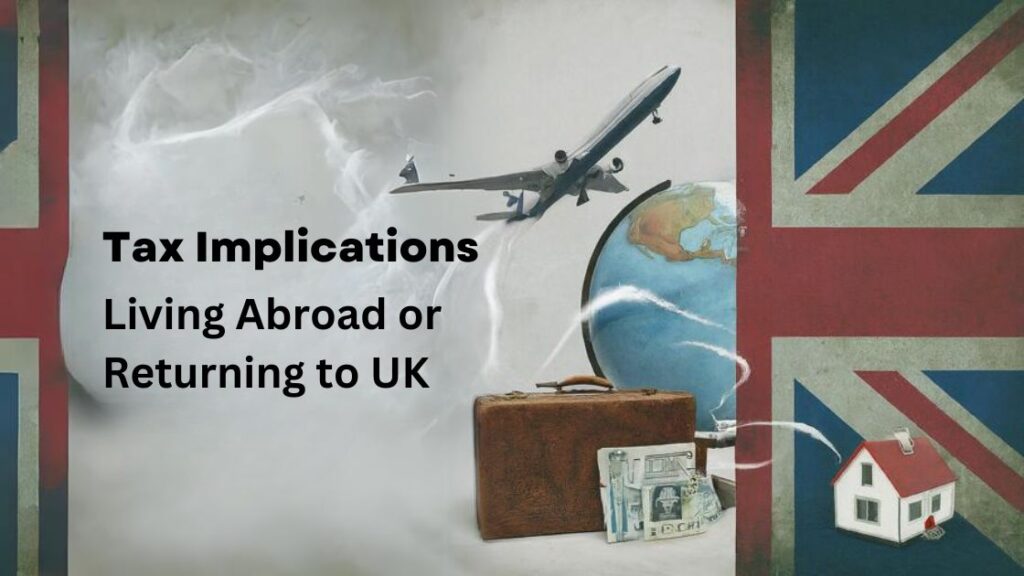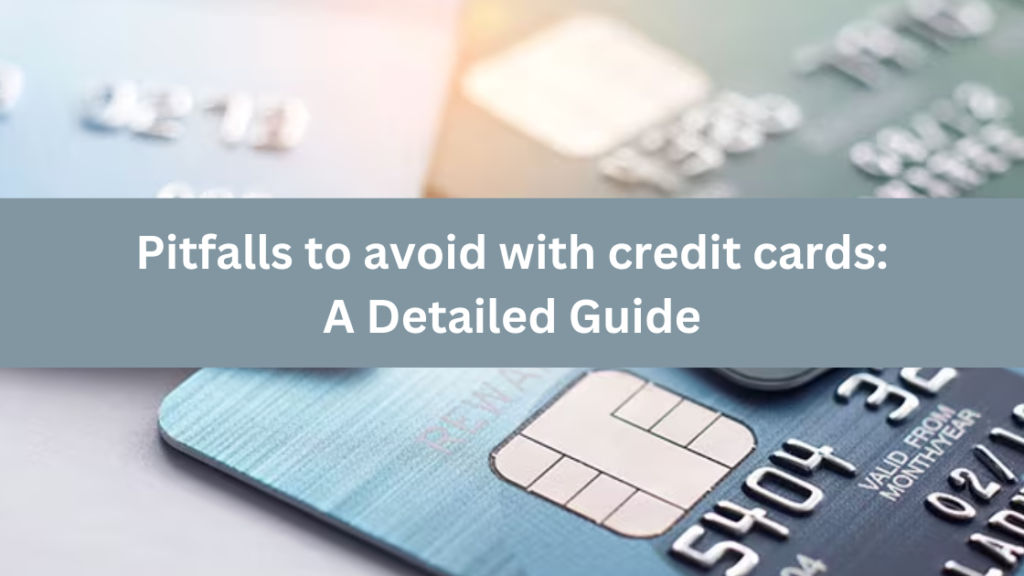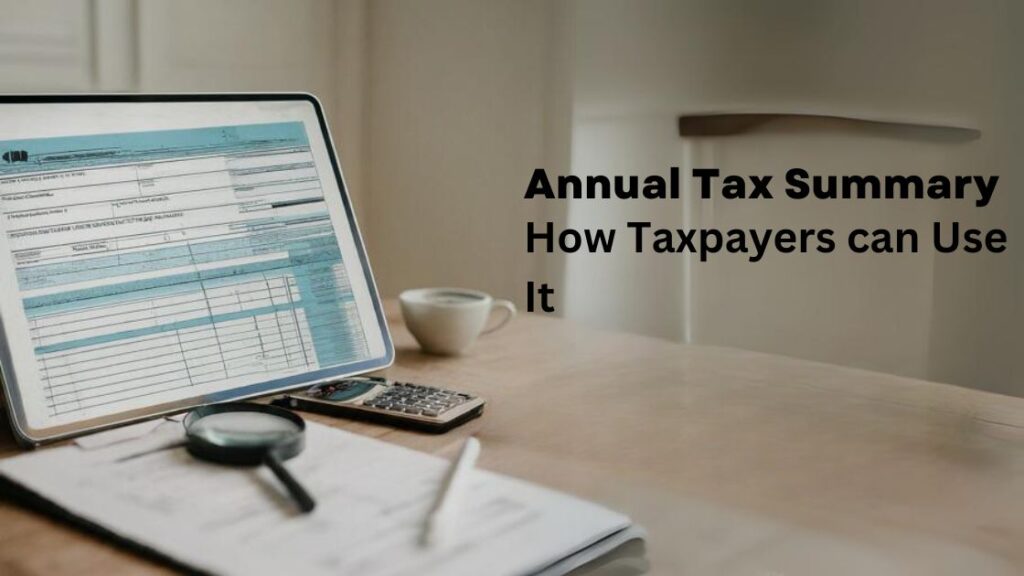NICs are contributions paid by individuals and employers to fund state benefits, including the state pension and healthcare. You need to apply for National Insurance number to start paying National Insurance Contributions. National Insurance number never changes and could be found in your Payslip, P60 form, tax letter, pension letter, or benefits letter. Keep it safe to avoid any fraudulent.
You must pay National Insurance, when:
- You are 16 or older, and
- An employee earning more than £242/week from one job or self-employed and making a benefit of more than £12,570/year.
Apply for National Insurance Number:
You can apply for NI if you live in the UK, or work in the UK, or is looking for a work in the UK. If you are 19 or under, HMRC sends you the NI number 3 months before your 16th birthday if you live in the UK and under your name Child benefits are availed by your parents or guardians. However, if you do not receive your NI between the age of 16-19, please apply for one by contacting the HMRC.
NICs are based on earnings and are collected alongside income tax. There are 4 main types of classes in NICs based on your employment status and how much you earn.
Class 1 : Further categorised as Class 1A and Class 1B –paid by employees’ salary and employer contribution on the basis of the employees’ salary falling under which band and employee’s NI category letter. To know in detail about how much you and your employer contributes for NI, refer to gov.uk category rate page.
- If earning £123 – £242 per week from 1 job, you usually do not pay NI but still qualify for some state benefits.
- If earning less than £123 a week from the job , you can choose to pay voluntary Class 3 contribution to cover gaps in NI record.
Class 2 : For self-employed individuals on their profits. You deduct the expenses incurred in the tax year from your self-employed income.
- If profits are £6,725 or more in a year, but less than £12,570, you do not pay NI.
- If profits are less than £6,725, you can pay voluntary Class 2 Contribution at a rate of £3.45 a week.
- If profits are more than £12,570, you pay Class 4 Contribution.
| # | Classes | Sub-class | Description | NIC Rate | Benefits |
| 1 | Class 1 | Primary Class 1 | Contribution made by employees based on their earnings. |
|
|
| Secondary Class 1 | Contributions made by employers based on their employees’ earnings. |
|
|||
| 2 | Class 2 | Contributions paid by self-employed individuals who earn above a certain threshold. |
|
|
|
| 3 | Class 3 | Voluntary contributions paid by individuals to fill gaps in their National Insurance record, such as when they are not working or earning below the threshold for paying NICs. | Voluntary NIC is £17.45 a week. You can use only Direct Debit. |
|
|
| 4 | Class 4 | Contributions paid by self-employed individuals based on their profits. |
|
|
Employees stop paying class 1 NI when they reach State Pension Age. Self-employed individual stop paying class 4 NI from 6 April after they reach State Pension Age. You can usually pay voluntary contributions for the past 6 years before 5 April of each year, like for the year 2023-24, you can make voluntary contribution until 5 April 2029.
What will happen if you do not pay NIC:
Your benefits gets affected if there’s a gap in your NI record. To avail the benefits individuals either pay:
- Voluntary NI, or
- Get credits if they cannot pay NI because they are unable to work due to illness or taking care of someone.
Exemptions or pay less NI:
- You are married or widow with a valid ‘certificate of election’.
- You are deferring NI because you have got more than one job.
Company Directors NI Contribution:
Company directors are considered as the company employee and will pay Class 1 NI. They will pay NI on salary and bonuses above £12,570 and contribution is calculated on annual earning rather than earned during each pay period. However, to file the NI there are two ways:
- Standard Annual Earning period (AN) – Company uses payroll software to calculate director NI contribution.
- Alternative Method (AL) – Company calculates NI at each pay period and at the end of tax year uses payroll software to calculate the net NI contribution by the director.
At the end of tax year company could report about the director NIC calculation method while submitting Full Payment Submission (FPS).

